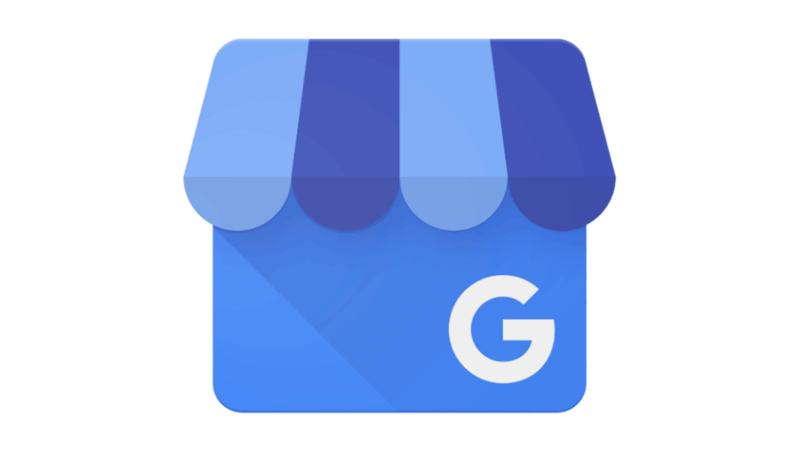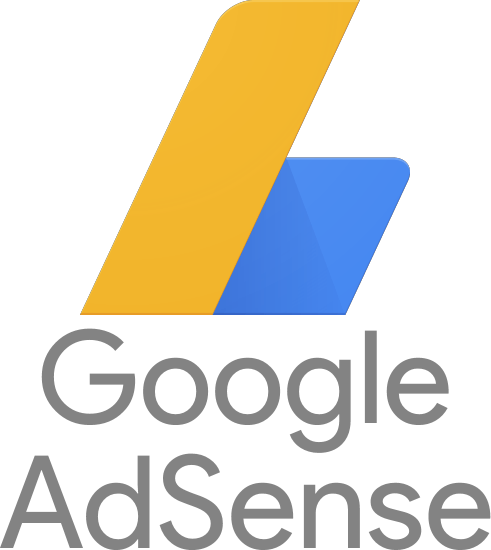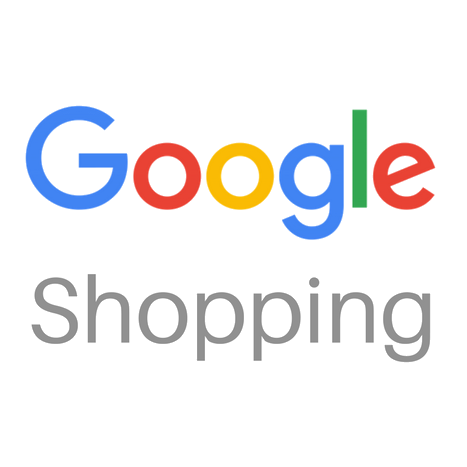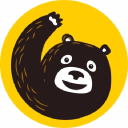Everything I Learned Launching A $2K/Month Photojournal Project Website
Hello! Who are you and what business did you start?
Hello! My name is Pawel Kadysz and I’m the founder of Tookapic. It’s a photo-sharing platform where entrepreneurs, accountants, programmers, teachers, doctors, lawyers, and other non-photographers share their passion for photography.
Tookapic is a premium photo journaling platform and community where you pay $9/mo or $69/y to take part in a 365-day challenge that will help you transforms ordinary moments into extraordinary memories.
But here’s the catch. It only allows you to publish one photo a day and encourages you to do it every day for a year. This type of photo journal is called 365 projects.
It helps amateurs learn their camera’s capabilities, take better photos and develop as photographers. But since it’s a daily challenge of documenting your life it also helps you learn a lot about yourself.
We believe every day is worth celebrating even though life is not always perfect and Instagram-worthy. With Tookapic people discover moments worth capturing in their daily, mundane life.
The mindful Instagram alternative is a good way to describe what we’ve built.

Download the report and join our email newsletter packed with business ideas and money-making opportunities, backed by real-life case studies.

Download the report and join our email newsletter packed with business ideas and money-making opportunities, backed by real-life case studies.

Download the report and join our email newsletter packed with business ideas and money-making opportunities, backed by real-life case studies.

Download the report and join our email newsletter packed with business ideas and money-making opportunities, backed by real-life case studies.

Download the report and join our email newsletter packed with business ideas and money-making opportunities, backed by real-life case studies.

Download the report and join our email newsletter packed with business ideas and money-making opportunities, backed by real-life case studies.

Download the report and join our email newsletter packed with business ideas and money-making opportunities, backed by real-life case studies.

Download the report and join our email newsletter packed with business ideas and money-making opportunities, backed by real-life case studies.
























